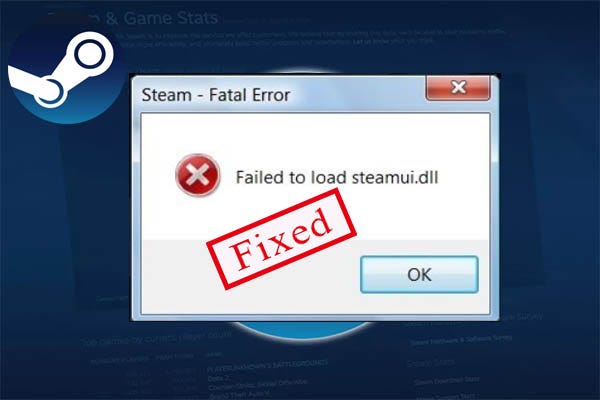3 Best Solutions to Increase Your Laptop Performance After Malware Removal

When using it, you are limited to storing one Windows Installer per USB drive (I.E. one Win XP and one Win Vista 7 or 10). The Multiple Windows Installer/PE options allow for storing more than one stock Windows Installer per drive. Generally, only unmodified Windows ISO files will work with this option. YUMI (Your Universal Multiboot Installer), is the successor to our MultibootISOs. YUMI makes it easy for anyone to create their very own custom All-In-One Multi use diagnostic USB PC Repair Toolkit.
Otherwise, all your data will be erased. If you are seeing an error such as Boot Manager is Missing, then the BOOTREC /RebuildBcd command might be able to fix it. This operation can also restore boot entries for older versions of Windows if you have a dual boot configuration. This command will attempt to write a new boot sector on the hard disk if Windows detects damage.
Windows 10 Won’t Boot? Fix It With Startup Repair And Bootrec Commands
For UEFI boot, the file is located at /EFI/Microsoft/Boot/BCD on the EFI System Partition. For traditional BIOS boot, the file is at /boot/BCD on the active partition.
How to fix The Boot Configuration Data file is missing some required information error in Windows 7, wikidll.com/valve/steam_api-dll 8, 8.1 and Windows 10? Your next best option is to try salvaging your data and then reinstalling Windows 10 and your applications. If you have your Windows 10 install media, you can boot from it, then perform a custom install. This will create an archive of the old installation called Windows.old. You can then recover your personal files from this folder.Make sure you perform a custom installthat migrates your Windows.old data.
On Windows 10 systems, you need to have the original installation media (DVD or USB drive) in order to access Command Prompt. Traditional YUMI is not natively UEFI capable.
- The BCDboot tool is a command-line tool that enables you to manage system partition files.
- When you run this command, it will give you a new Bootloader.
- It’s an easy-to-use and automated diagnostics disk.
- You should only do this when you know the exact drive on which Windows was installed.
- Type "A" to add the installation to the boot list and hit enter.
However, it is possible to boot and run your Windows Installers from UEFI. To switch between added Windows versions, navigate to the multiboot/win-directory (replacing win-directory with the Windows version you want to boot) on your USB. Once there, move the bootmgr, bootmgr.efi, and entire boot folder to the root of your USB drive. Then reboot, booting your computer from the UEFI compatible USB.
Using The Installation Disc
If all went well, it should boot straight into your chosen Windows Installer. The Single Windows Installer/PE options are most likely to work for both stock and modified ISO files.
Usually, this happens in cases where an older version of Windows was installed, or a non-compatible operating system such as Linux was installed. The first thing you can try is booting into the recovery environment, if possible, and then performing a startup repair. To access the recovery environment, turn your computer on and off three times.
